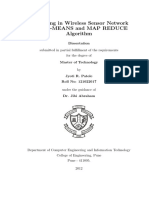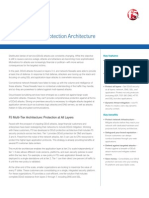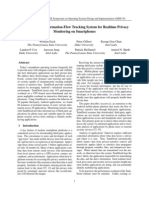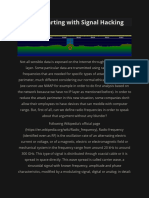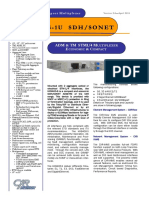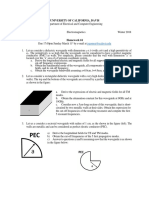RF JAMMING DETECTION & COUNTERMEASURE NODE
Short name: JamShield
Objective:
Develop a portable ESP32-based jammer detection system that uses NRF24L01 signal
monitoring to detect unusual RF interference (like Bluetooth/Wi-Fi jammers), then switches
communication to an alternate secure channel for uninterrupted defence operations.
Defence Relevance
In the field, enemy jammers can block communications between defence IoT devices.
This project shows how to detect a jamming attempt and automatically recover
communication.
Great teaching point for electronic warfare awareness.
System Architecture
1. Detection Module (ESP32)
o Constantly monitors signal quality (RSSI, packet loss rate) on the NRF channel.
o Flags sudden loss or abnormal interference pattern.
2. Countermeasure Module
o Automatically switches communication to a pre-defined backup
frequency/channel.
o Sends encrypted “Channel Switch” notice to connected nodes.
3. Alert System
o Triggers buzzer/light warning for operators.
o Logs jamming event with timestamp.
Hardware Components
ESP32 dev board
NRF24L01 + PA + LNA (for extended range)
LED indicators
Buzzer
OLED display (optional, to show frequency/channel)
Battery pack
�Key Functional Blocks
1. Normal Operation
o NRF running on default channel exchanging heartbeat packets.
2. Jammer Detection
o If packet loss > 80% in short time or RSSI drops abnormally → trigger alert.
3. Countermeasure
o Both ends switch to backup channel (e.g., Channel 84 → Channel 42).
o Resume encrypted communication.
4. Logging
o Store event data locally on ESP32.
Hands-On Steps for Students
Phase 1 — Basic NRF Communication
Send & receive simple packets between two ESP32 nodes.
Phase 2 — Signal Monitoring
Measure RSSI and packet loss rate continuously.
Phase 3 — Jam Simulation
Use a small RF noise source or turn on an actual Bluetooth jammer (in a legal controlled
environment).
Phase 4 — Auto Channel Switch
Implement backup frequency hopping.
Phase 5 — Alerts & Logging
Trigger buzzer + display channel change on OLED.
Demo Scenario for College
Node A and B are communicating normally.
A jammer is turned on — LEDs flash red + buzzer sounds.
System auto-switches channel in <2 seconds.
Nodes resume communication without manual reset.






















